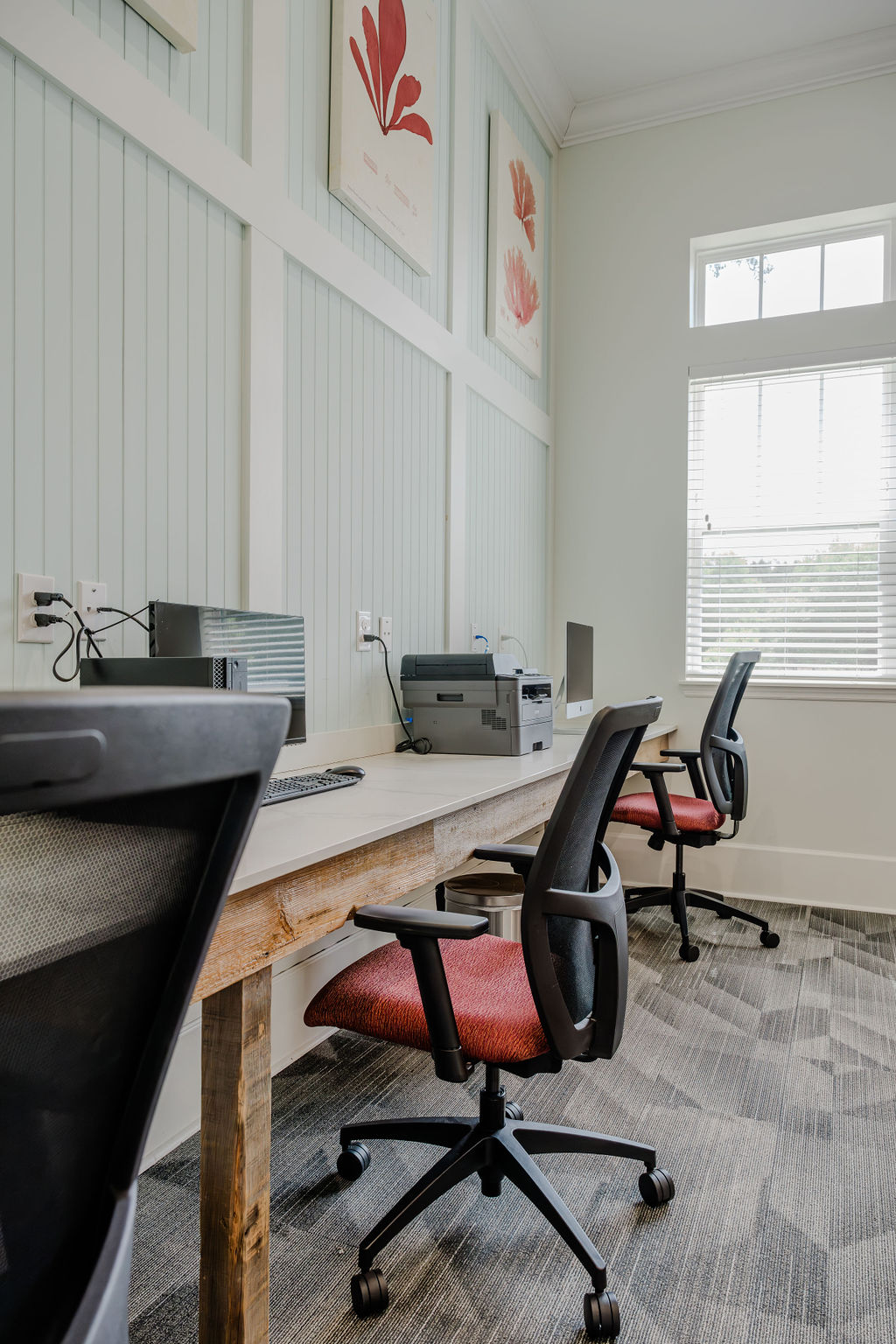If you’re one of America’s 40 million allergy sufferers, you probably already clean your apartment every day to minimize allergens. Even with daily cleaning, however, allergens can be lurking in your apartment. To eliminate deep, ground-in dust, viruses, and bacteria, perform thorough cleaning two or three times each year. Spring has always been the perfect time for refreshing an apartment after a long winter indoors. For allergy sufferers, spring cleaning is an ideal time to address some of the major pollutants that cause asthma and other problems.
Intensive cleaning is often torturous for allergy sufferers, as vigorous scrubbing sends a year’s collection of irritants flying into the air. Before beginning spring cleaning, make sure to consider the following:
- Wear a face mask to reduce your exposure to molds, dust mites, and other allergens that will be disturbed as you clean.
- Use a microfiber or damp cloth for dusting. Avoid feather-dusters, which only whisk dust and dirt into the air, and, in turn, into your tender nose.
- Complete your deep clean early. Those who are allergic to pollen should begin cleaning before pollination occurs. Despite potentially chilly spring weather, open as many windows as you can. This will facilitate thorough ventilation.
- Use a HEPA filter on your vacuum and change it as recommended. Unlike traditional vacuum filters, HEPA filters can trap very fine particles, like pollen and dust mite feces, which often cause allergy attacks.
Once you’ve gathered the right materials, focus on the places where allergens love to hide – mattresses, upholstered furniture, and woodwork.
Do You Feel Lucky, Dust Mite?
Dust mites are your apartment’s smallest scavengers. These microscopic creatures prefer warm environments like mattresses and furniture, where they can gobble up a constant supply of their favorite food, dead skin cells. Fido and Fluffy shed skin as well, so if you have a pet, your local dust mite population is probably booming. Dust mites often trigger asthma attacks. Dr. Janet Rimmer, director of the National Asthma Council of Australia, reported that approximately 45 percent of the world’s population has some allergy, and nearly 80 percent of those allergy sufferers react to dust mites.
In case you need more motivation to do some thorough spring cleaning, here’s a shocking statistic. It’s estimated that dead mites and their droppings comprise 10% of the weight of a two-year-old pillow. Do yourself and your family a favor, and at least once a year, wipe out the population of mites in your mattress. Here’s how:
- If you have a mattress pad, wash it in hot water frequently; doing so every two months is standard for intense allergy sufferers. Even better, if you don’t yet own one, consider purchasing a microfiber, hypoallergenic pad, which will prevent mites from slipping into your mattress in the first place.
- Using your vacuum’s wand attachment or upholstery tool, carefully vacuum the entire surface of your mattress, paying extra attention to indentations or buttons.
- Flip and rotate your bedroom mattress regularly. Rotating reduces the food supply for dust mites, keeping their population in check.
Upend Upholstered Furniture Breeding Grounds
Dust mites can also lurk in upholstery. Fortunately, simple vacuuming with an attachment wand removes the top layer of dead-skin feeding the mites. To begin, remove all of the cushions and shove the attachment wand into the creases and folds where you would have searched for quarters as a kid. Additionally, consider using a spray-on allergen minimizer, such as Febreze’s Fabric Refresher Allergen Reducer. According to the Asthma/Allergen Foundation of America, allergen reducers like these are appropriate for use on fabrics, furniture, bedding, and clothing. They help keep air-born particles from getting into the air in your apartment.
Apartment Bathroom Battles
In addition to routine cleaning tasks, such as cleaning the tub and sinks, use your spring cleaning time to take down and dust light fixtures and dust vents. Most of an apartment’s mold resides in the bathroom. Clean your shower curtain, or purchase a new one if mold and mildew have become hopelessly embedded. Take the time also to make sure that the ventilation system is working correctly.
Master the Mold in your Woodwork
You’re probably already deep cleaning your apartment’s drapes and blinds at least once a year to reduce allergens. But what about doorjambs and other woodwork? A spring cleaning is a perfect time to flush out areas where allergen-causing molds love to hide. Mold does not just exist in poorly ventilated bathrooms. It can also be found on windowsills and doorjambs where moisture can be a problem during parts of the year. Cleaning these areas with a bleach-based product can help to eliminate allergy-causing mold.
After you have dusted, vacuumed, and washed the last room in your house this spring, making sure to take all of the trash outside, wash all of your microfiber clothing and other cleaning items thoroughly. This will help ensure that your spring cleaning efforts take hold and stay that way for a more extended period.





